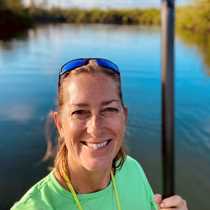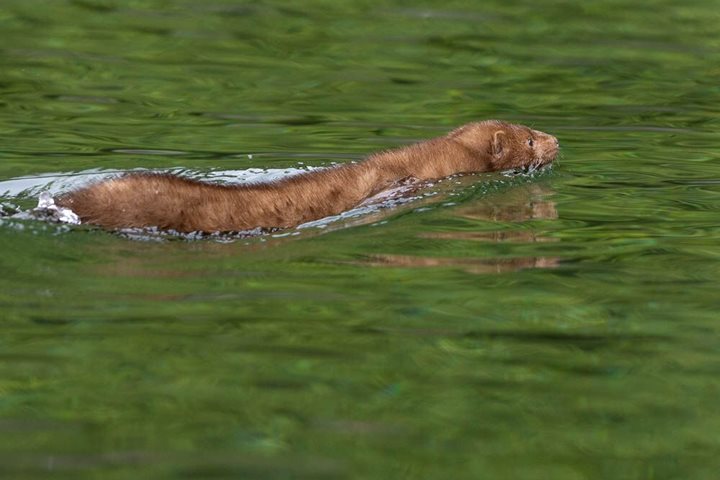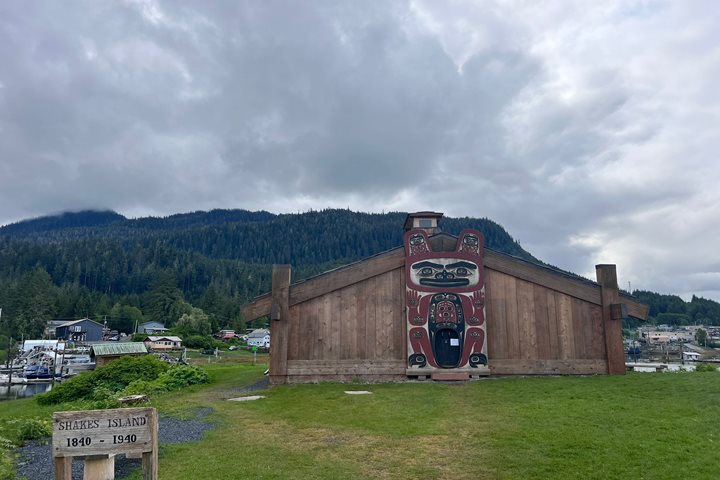On our last day aboard National Geographic Sea Lion, we had the opportunity to visit Misty Fjords National Monument. Established in 1978 by President Carter, it is considered the “Yosemite of the North” with its meandering meadows and towering rock walls. The day started with an early morning exploration. Guests had the option of going on a bushwack — where the trail is defined by local bear, moose, and Sitka deer passing through. The best part of the day was observing brown bears via Zodiac boats, while breathing in the spruce and taking in the sounds of nearby waterfalls. It just goes to show you that Southeast Alaska truly is a place where the recognition of vastness brings us closer to ourselves.
6/5/2025
Read
National Geographic Sea Lion







